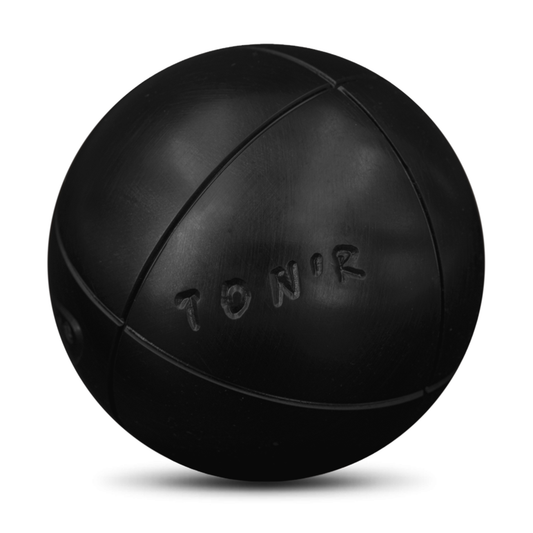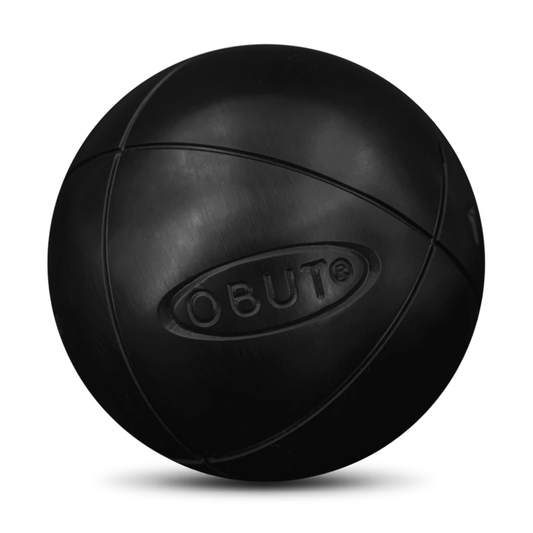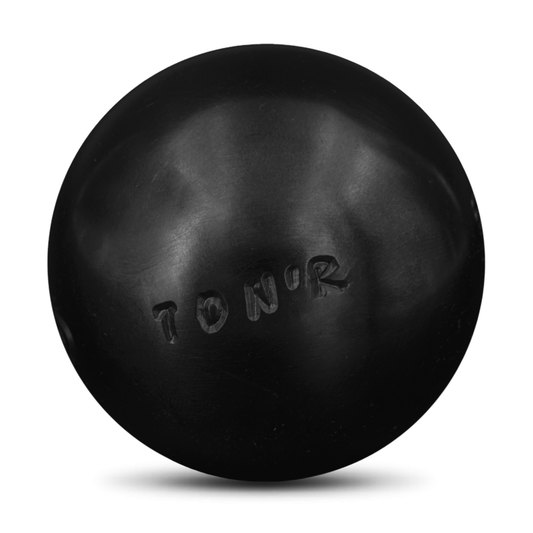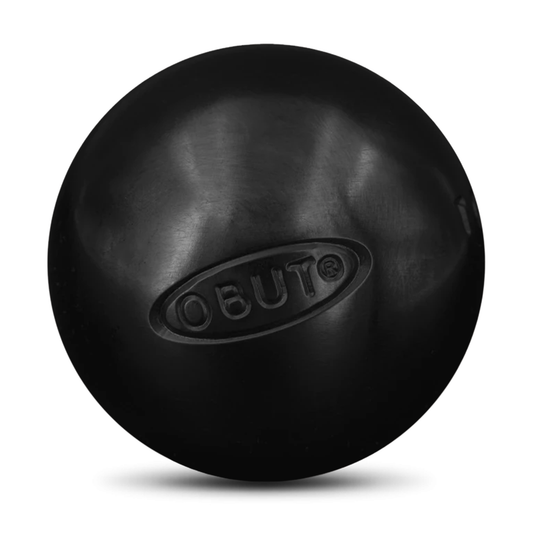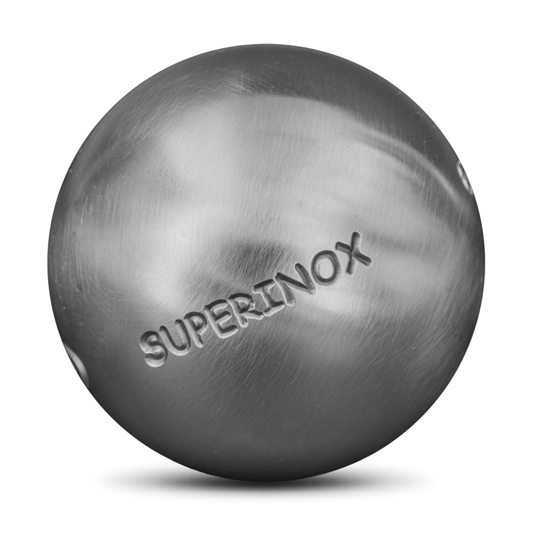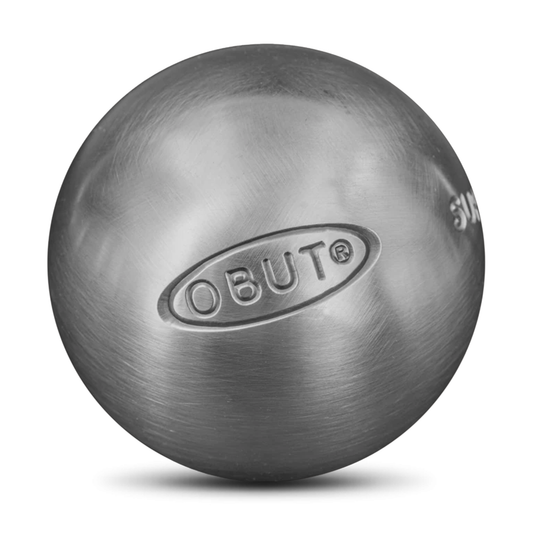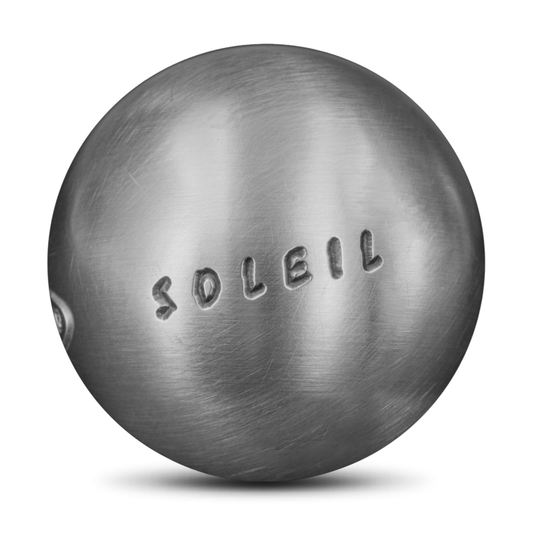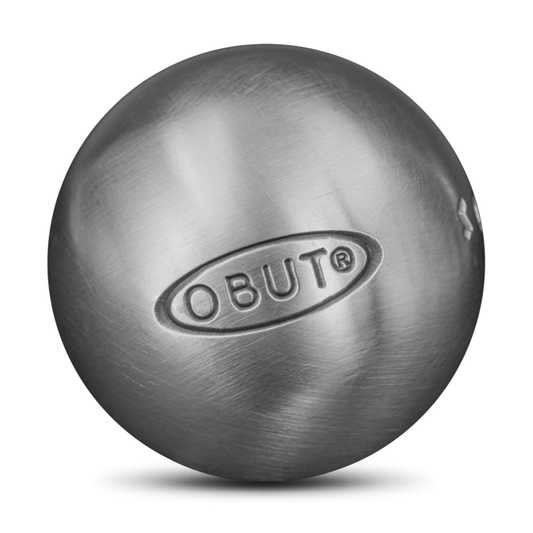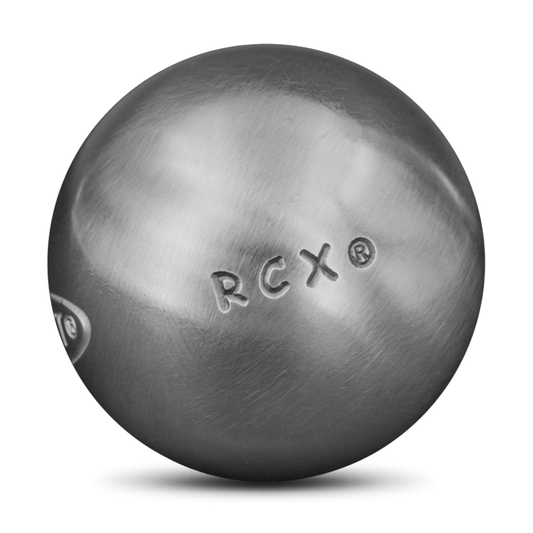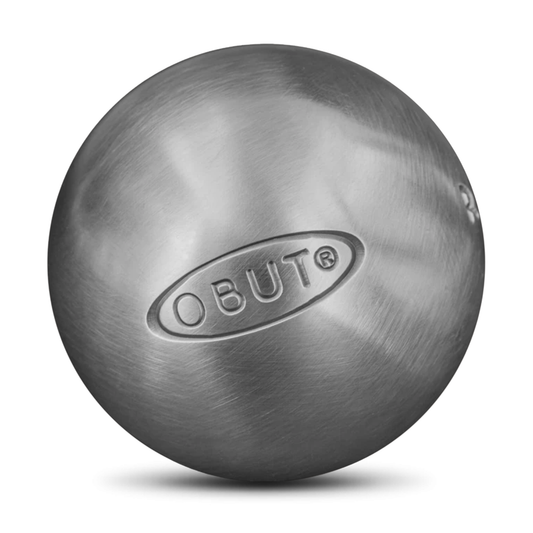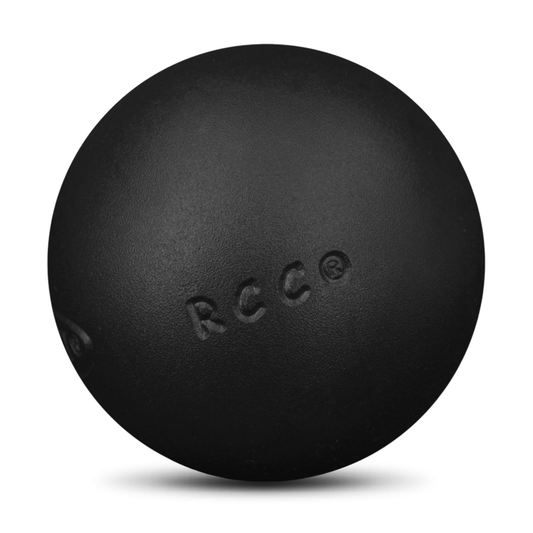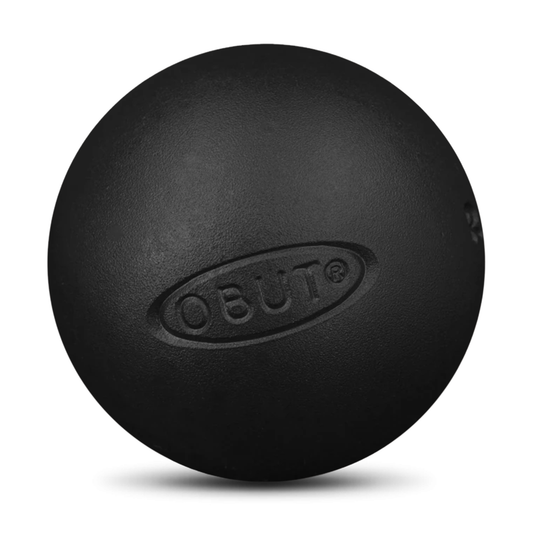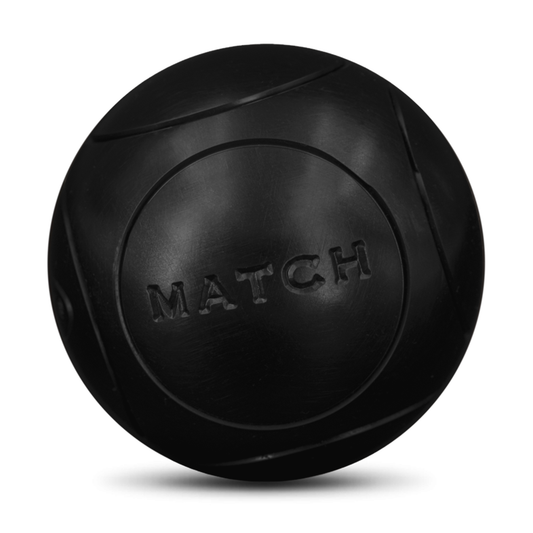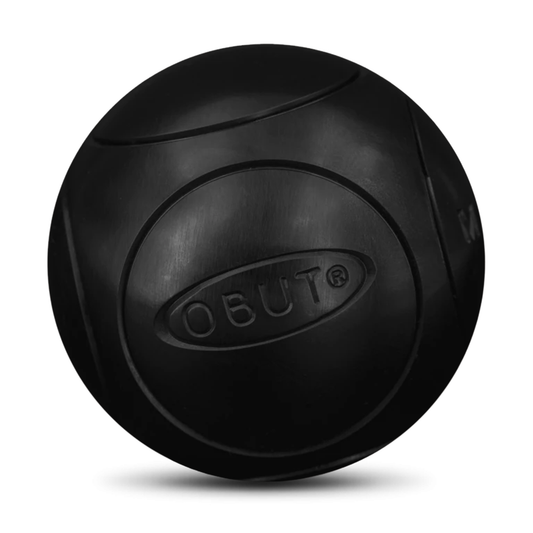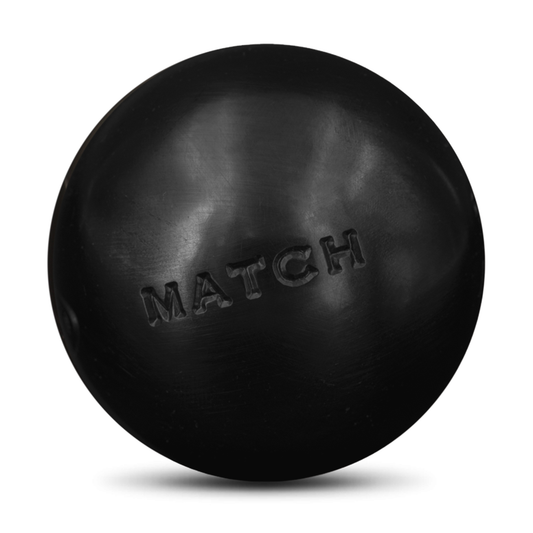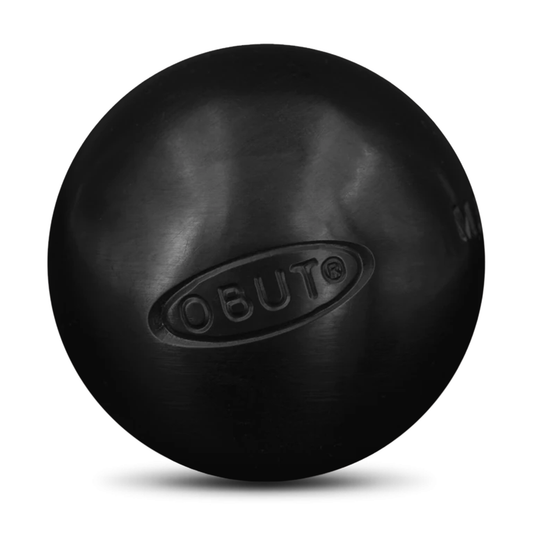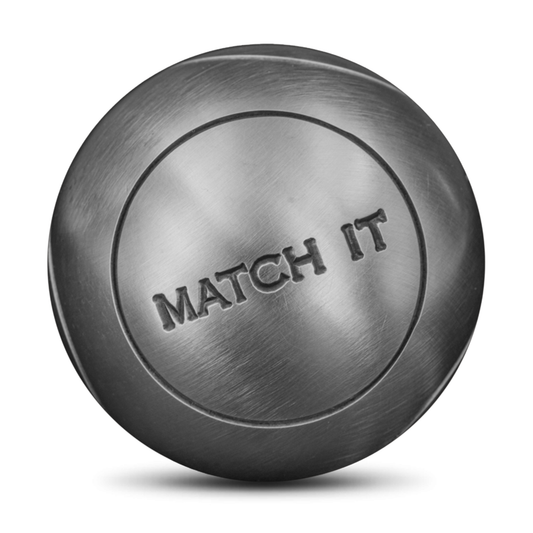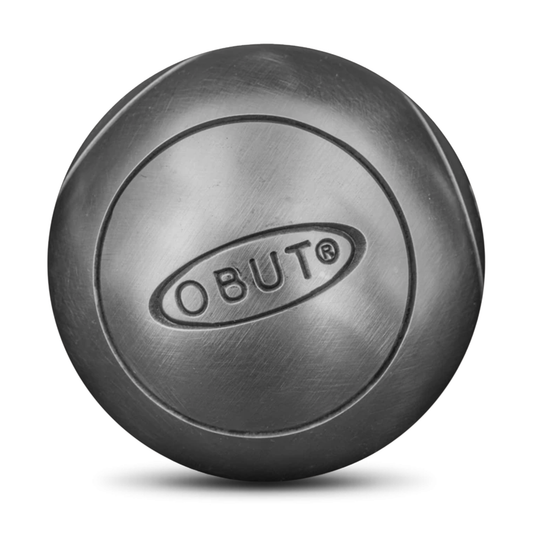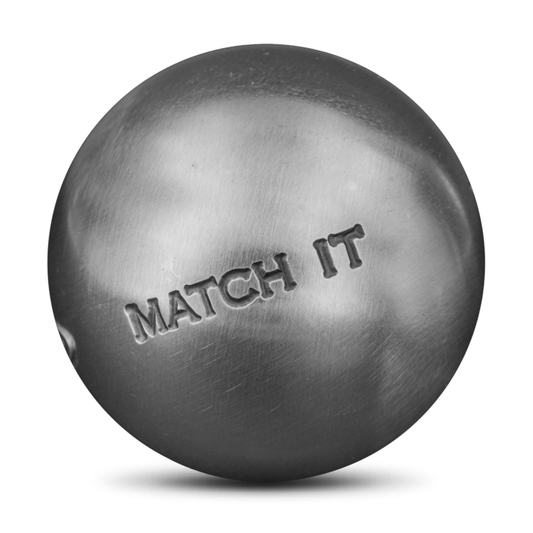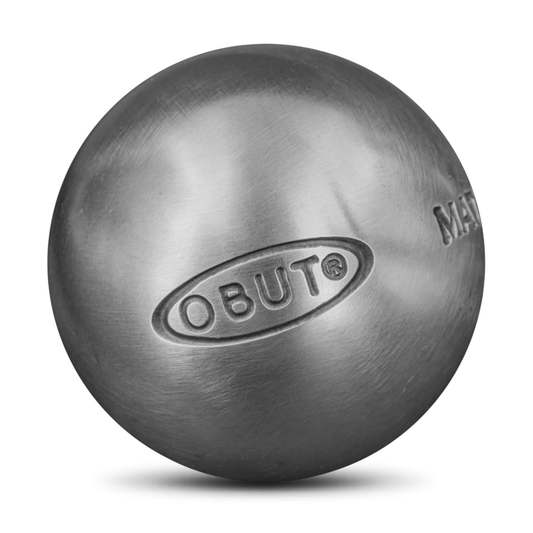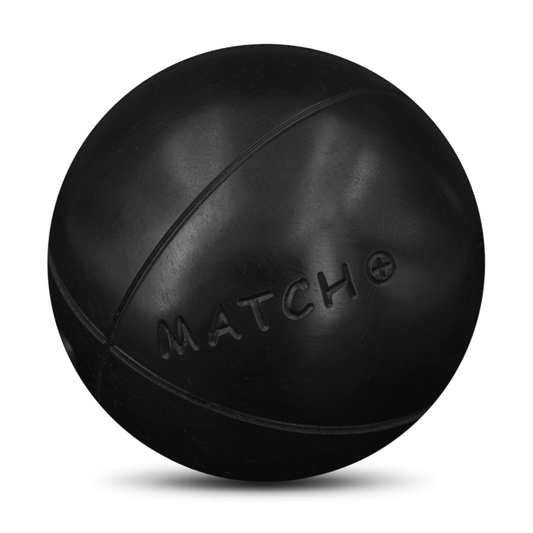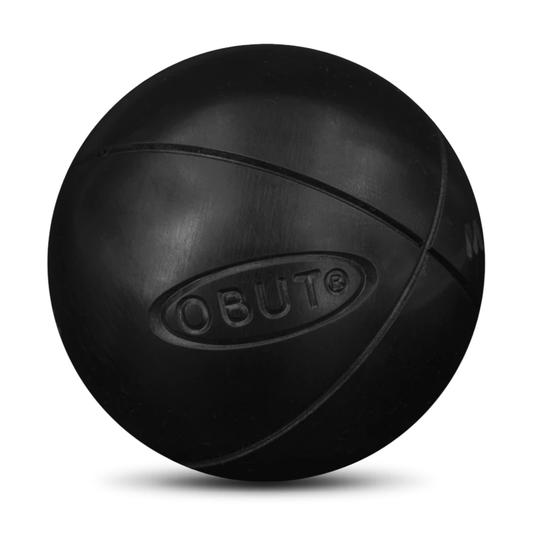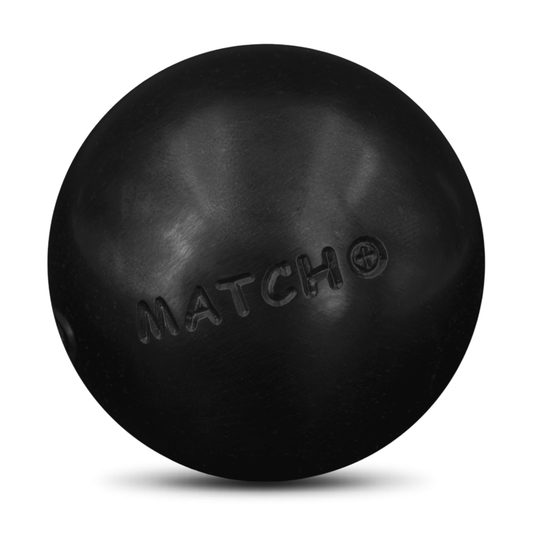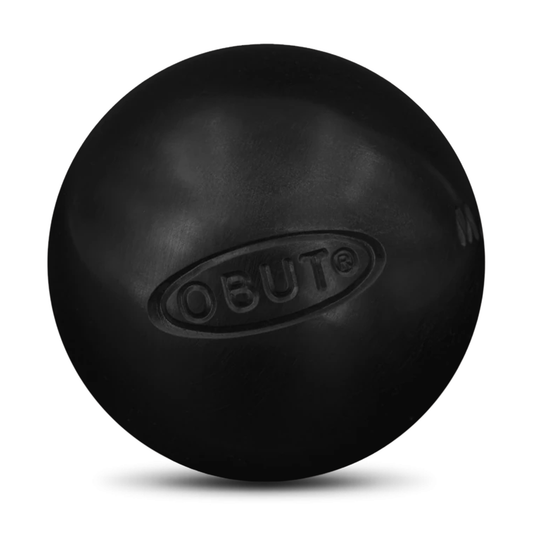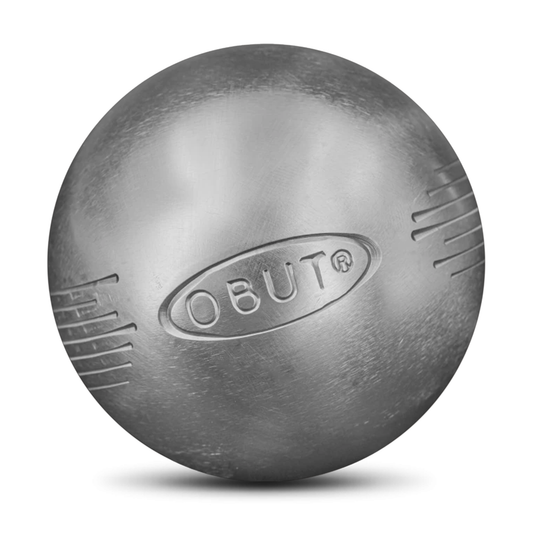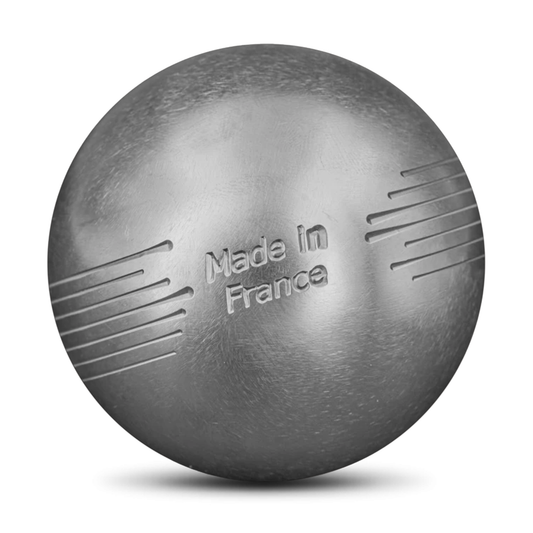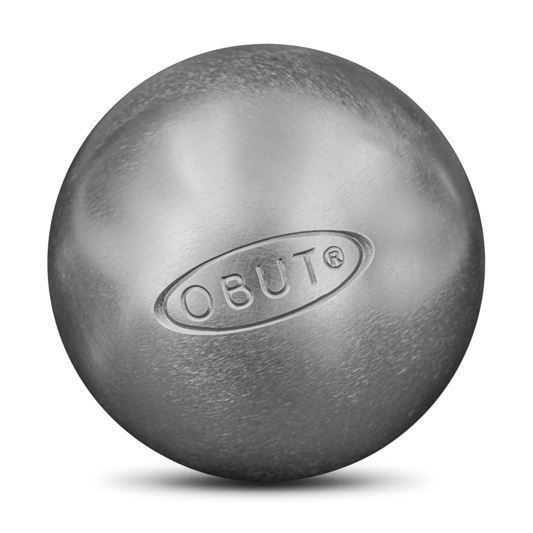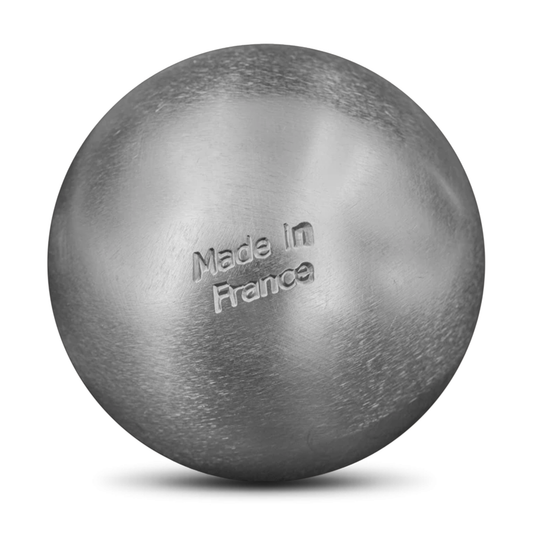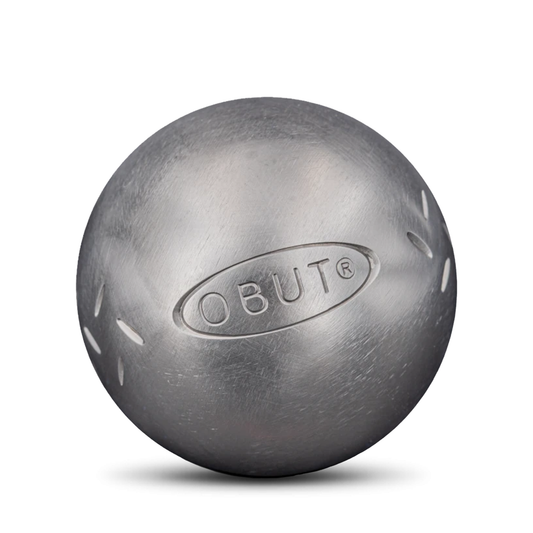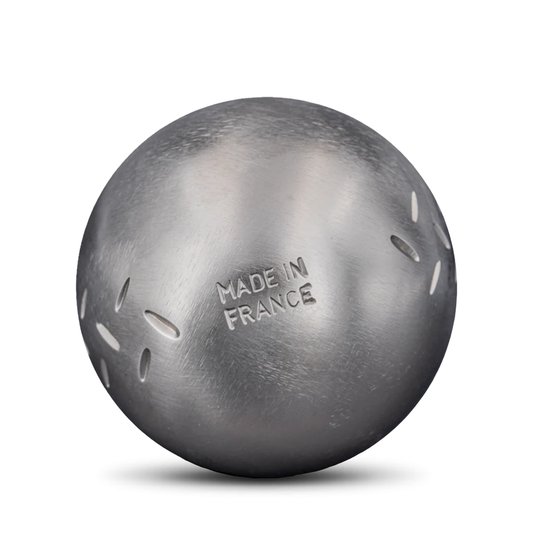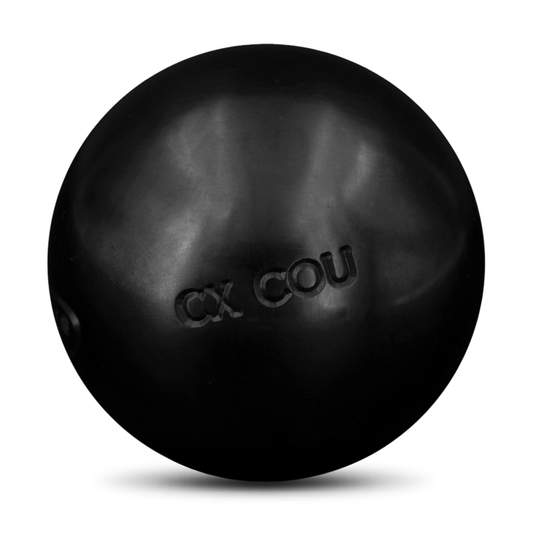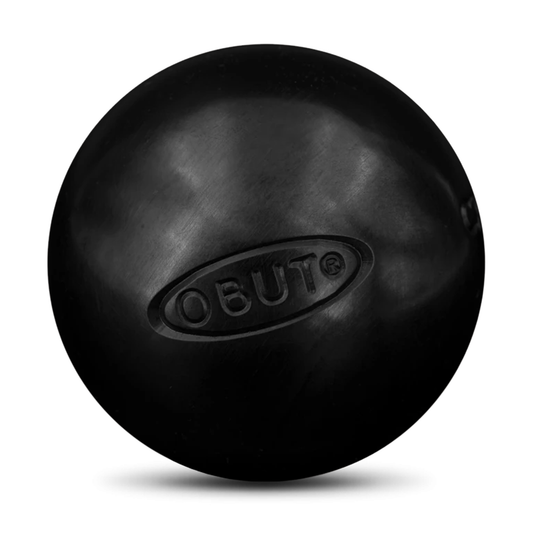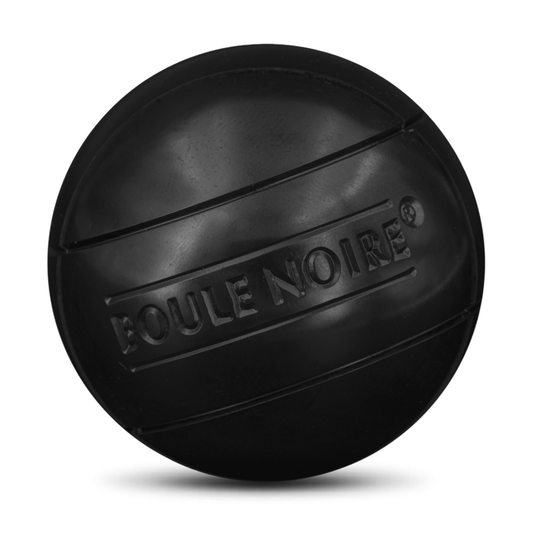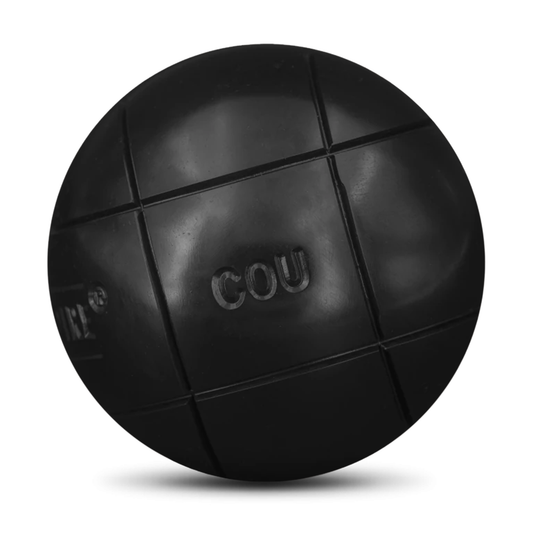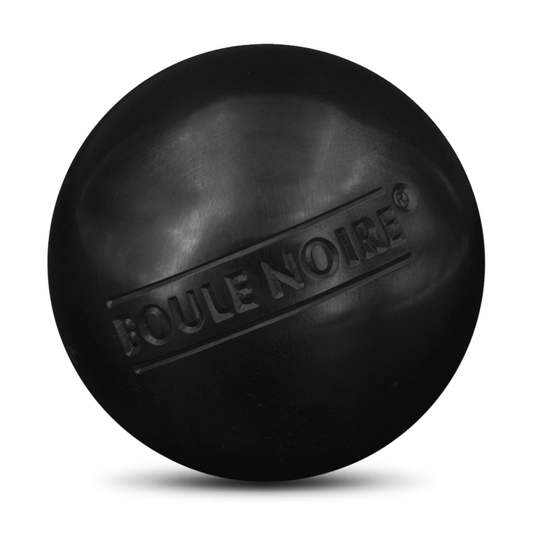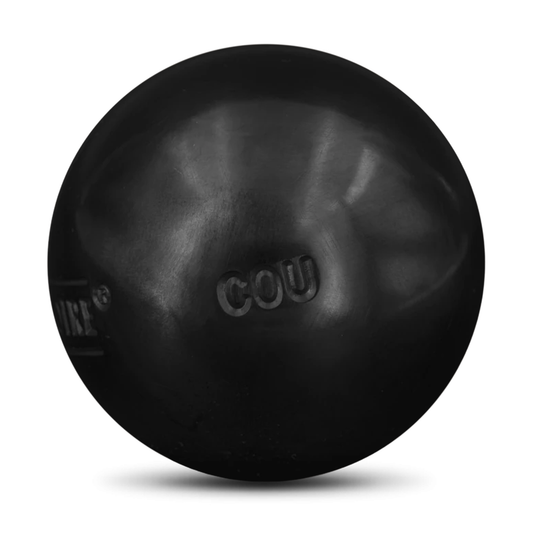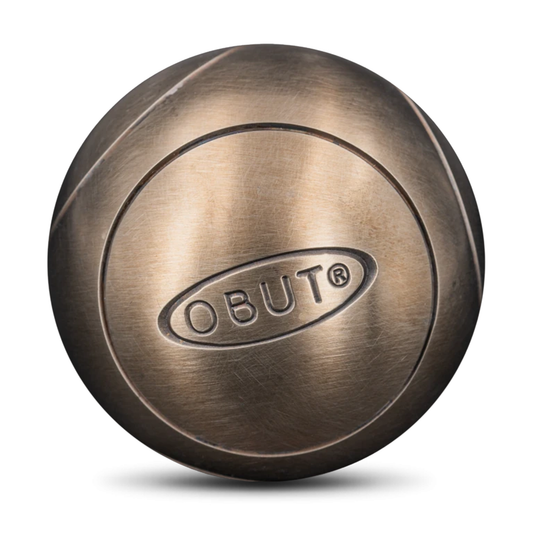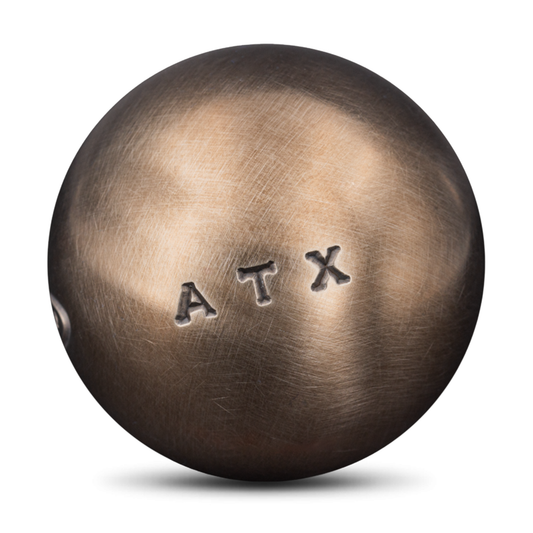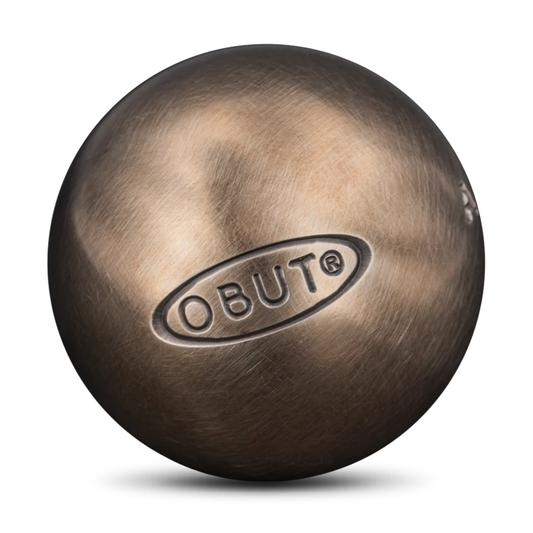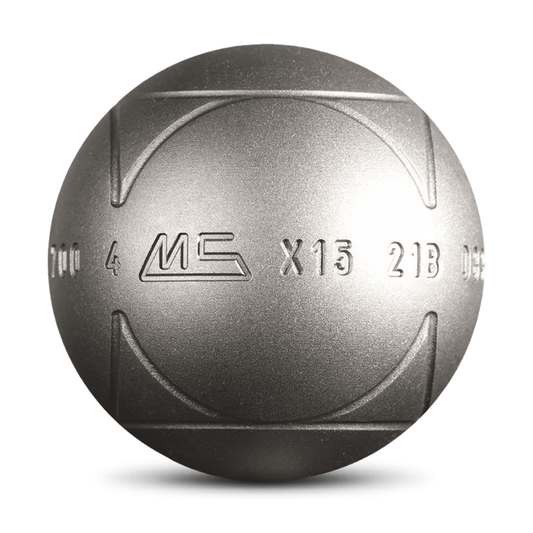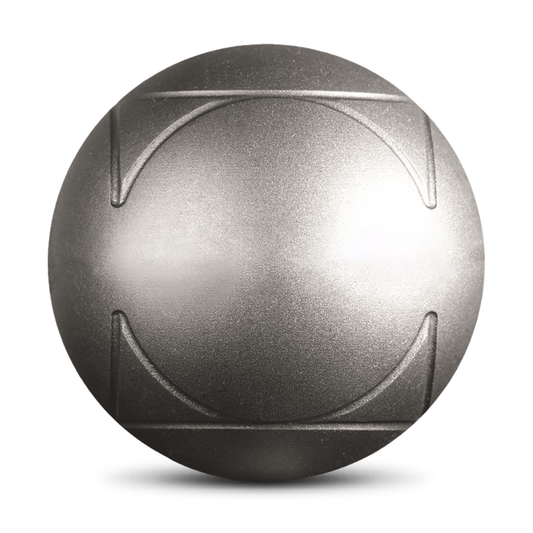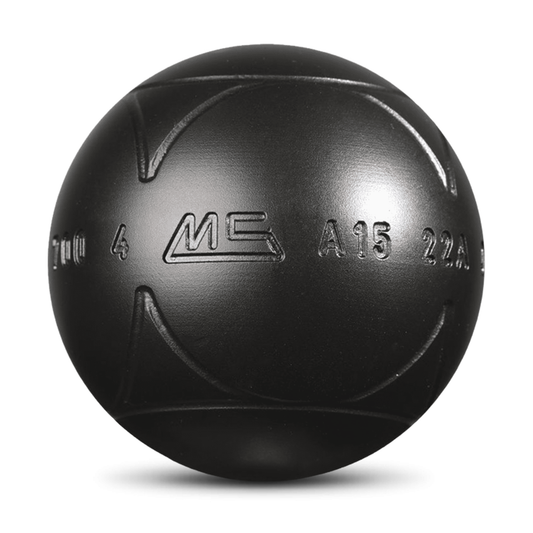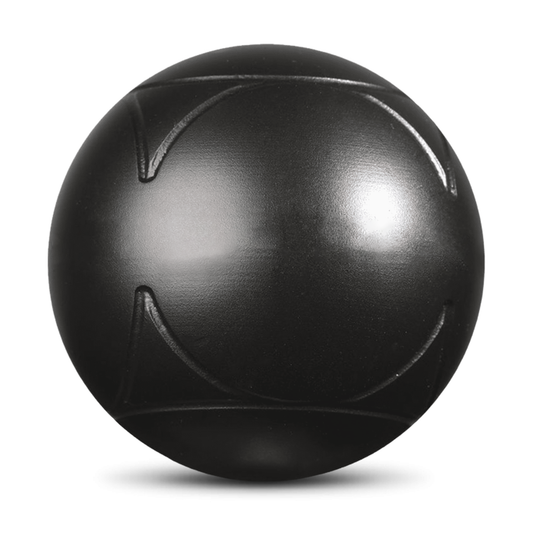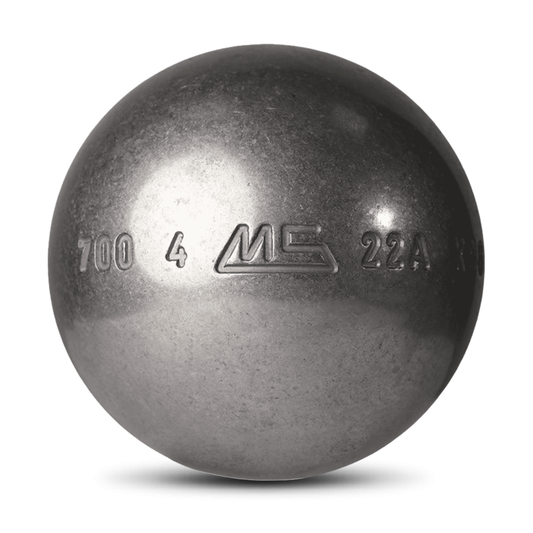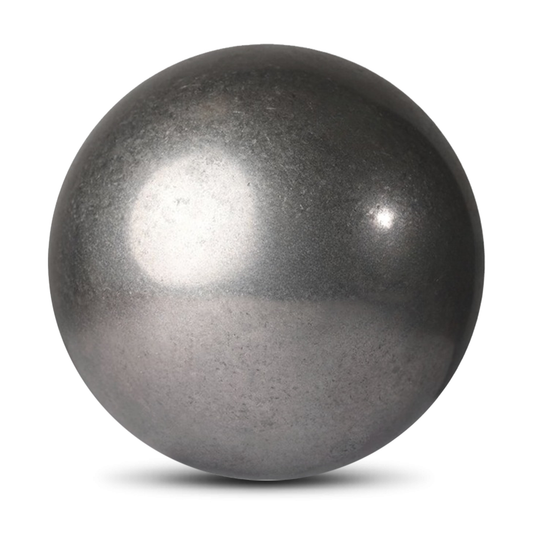Boules Maintenance
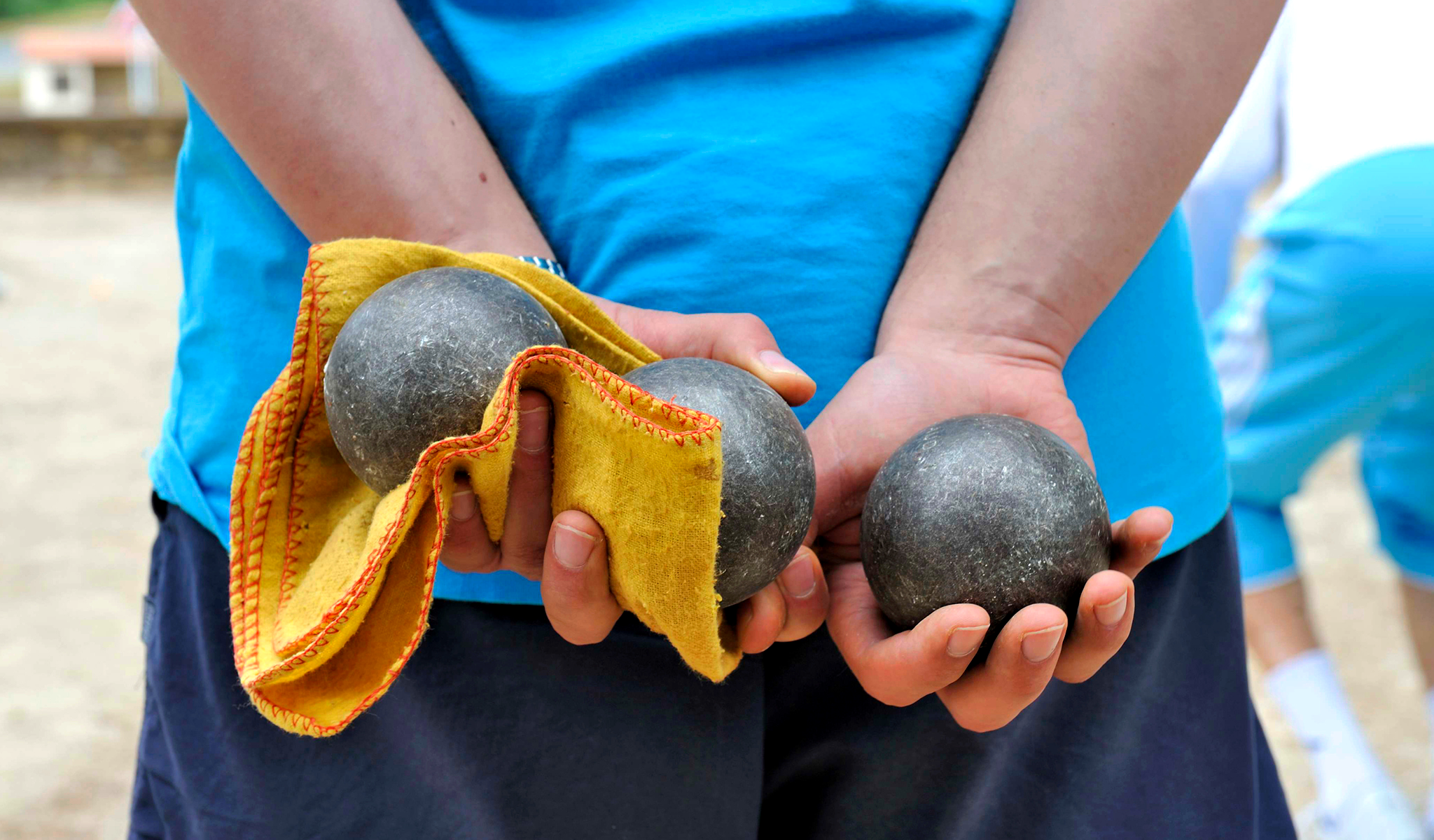
Before reading our recommendations regarding maintenance, we invite you to consult our page explaining in detail the different compositions of a petanque boule to find out more on the subject.
Petanque, this friendly sport that brings generations together, is based on simple but essential equipment : boules.
Whether they are stainless steel or carbon steel, their maintenance varies. Stainless steel boules only require occasional maintenance, while carbon steel boules require more regular care to slow down oxidation. These are often sold with a black anti-corrosion varnish which fades after a few uses.
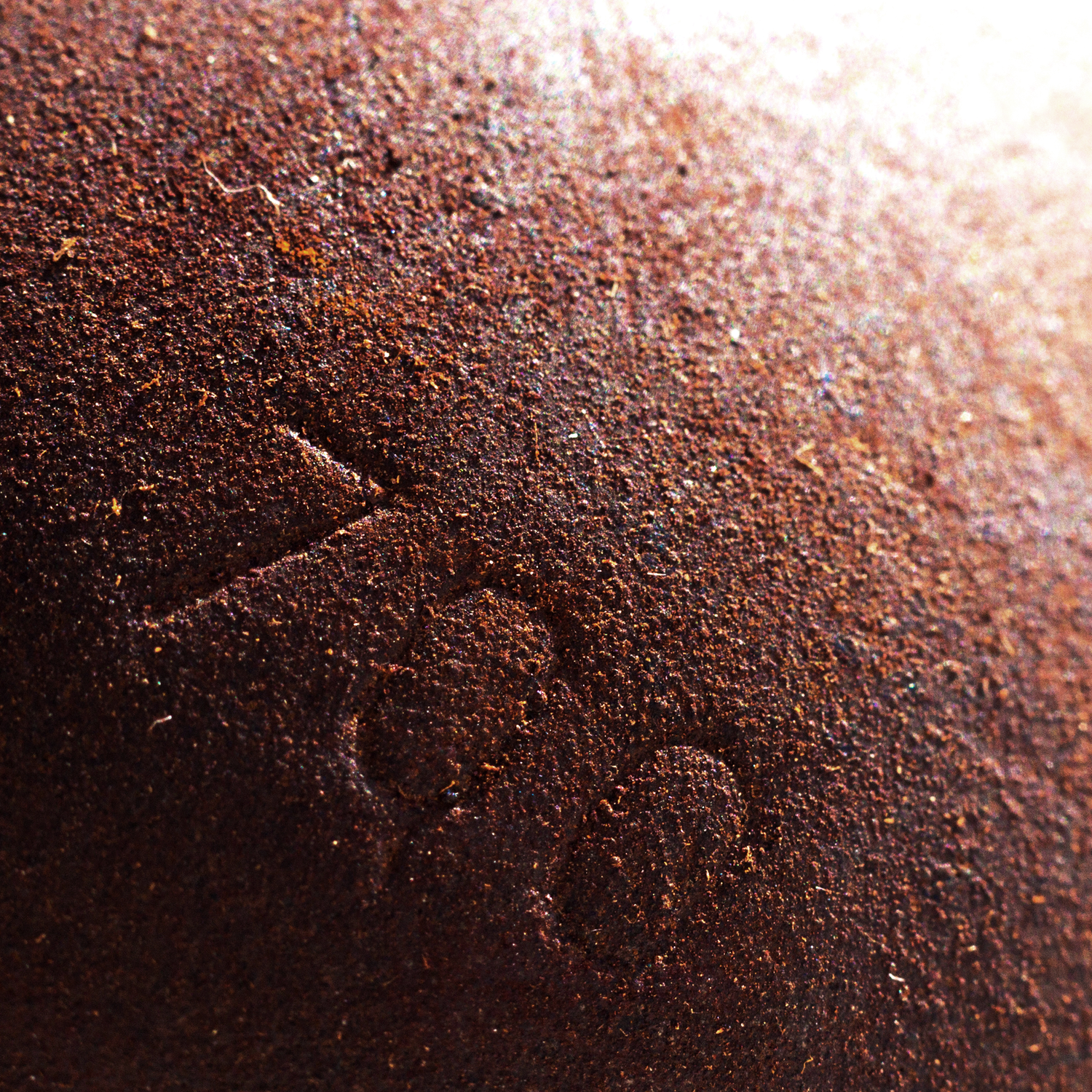
A little more texture on your boules ...
Interestingly, frequent players can do without diligent maintenance, as regular use naturally prevents rust from forming. However, preferences vary : some enjoy playing with slightly rusty boules for better grip in the hand and on the ground, while others prefer a very satin boule.
Most players get into the habit of regularly cleaning their balls using a microfiber cloth during a game, in order to eliminate dust and thus ensure better grip.

Important note about stainless steel petanque boules ...
It is important to understand that so-called "stainless steel" petanque boules can sometimes show signs of rust. Here's why :
• These boules are not always made from pure stainless steel, but rather a combination of stainless steel and nickel alloy.
• Standard stainless steel is an alloy composed of iron, carbon and chromium. It offers good corrosion resistance and great strength, but has no magnetic properties.
• To make the boules magnetic, some manufacturers add a small amount of nickel (or other metal) to their stainless steel alloy.
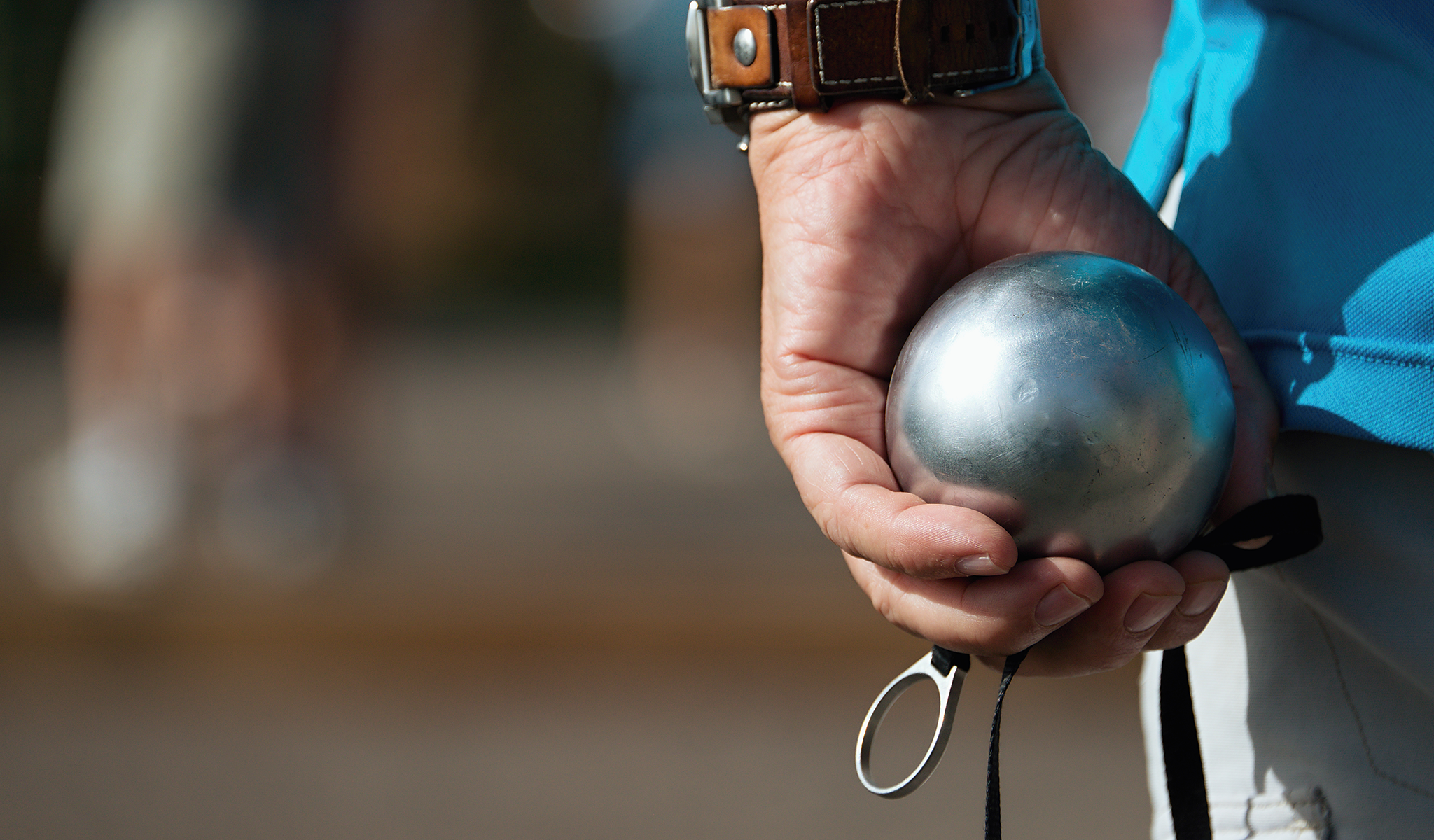
To know for those who use a magnet
Among the products we offer, only the Obut leisure stainless steel (inox) boules and the kids competition boules cannot be picked up with a magnet. All other stainless steel adult competition balls in our range have magnetic properties.
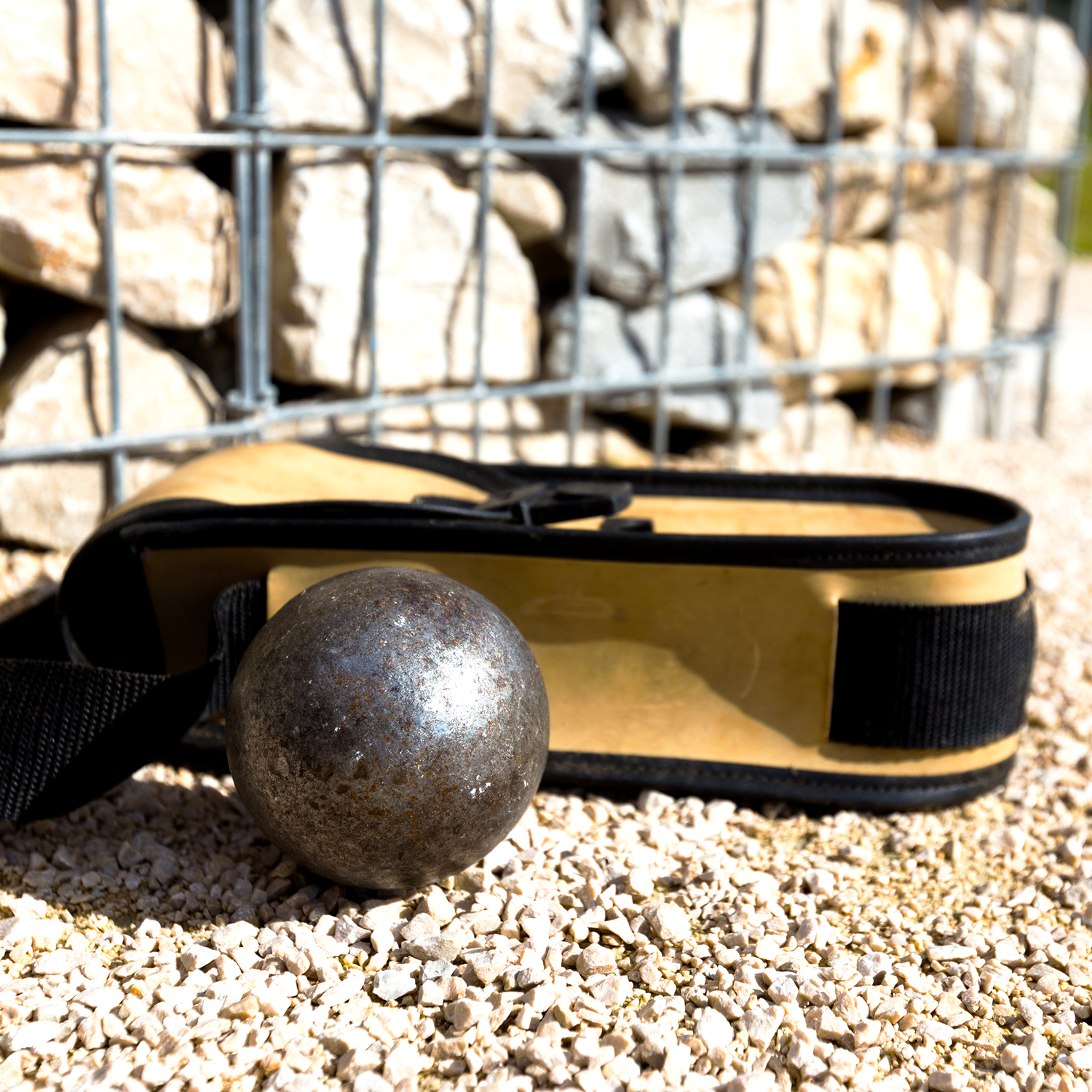
Maintenance advice ... Don't forget your transport bag !
It is important to understand that so-called "stainless steel" petanque boules can sometimes show signs of rust. Here's why :
Over time, rust dust can soak into the walls of the bag.
Even if you maintain your boules regularly, putting them back in a rust-contaminated bag can undo your maintenance efforts.
Avoid storing your boules in a bag with foam compartments. Moisture retained by the foam can cause the boules to oxidize over time.
To be careful ...
If you notice that the inside of your bag is turning orange, that's a sign that it's time to clean it.
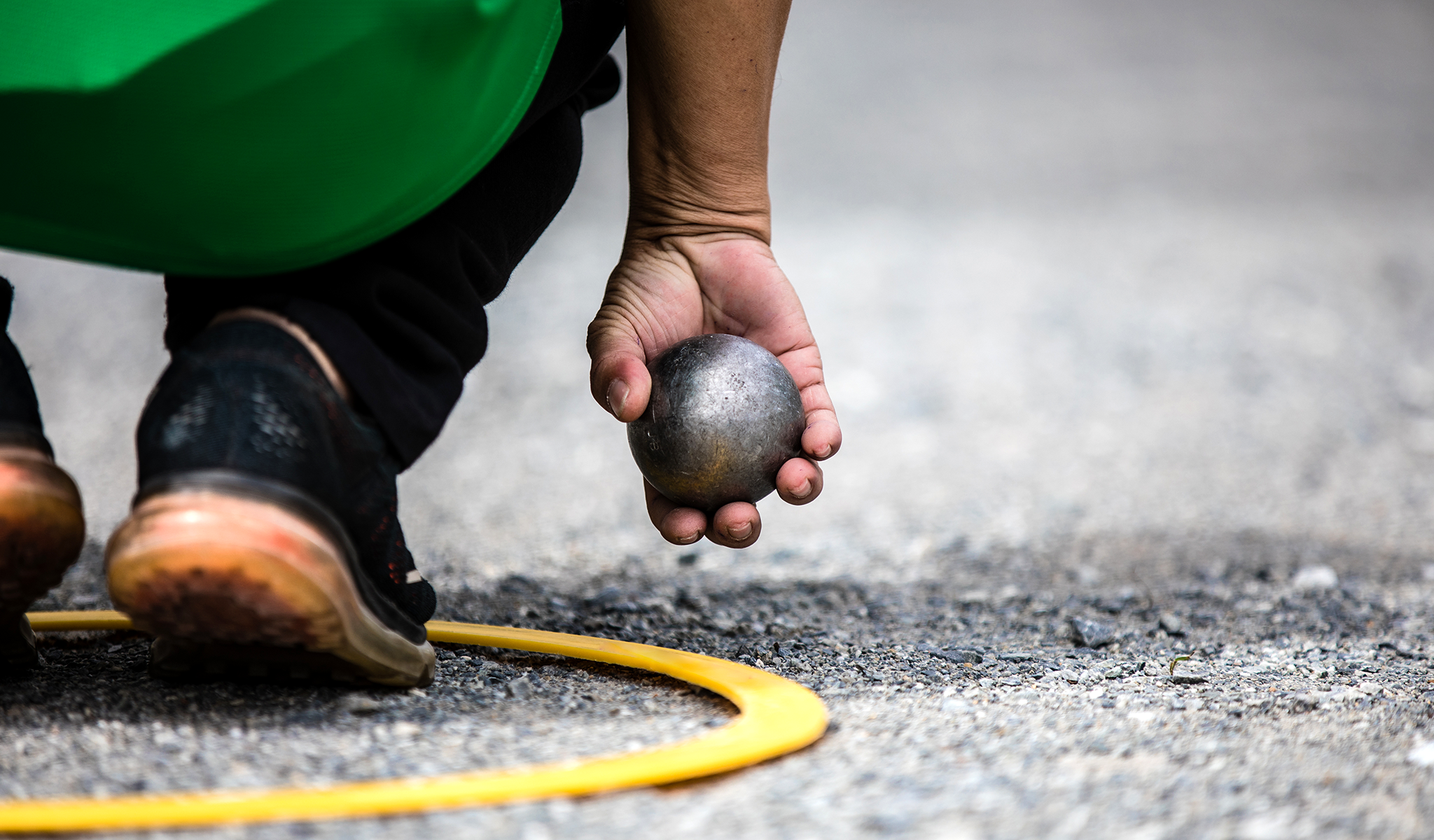
Hands acidity
The sweat of a hand and its acidity level can affect the wear, texture, and shine of a petanque boule. These effects vary from one user to another, even with the same model.
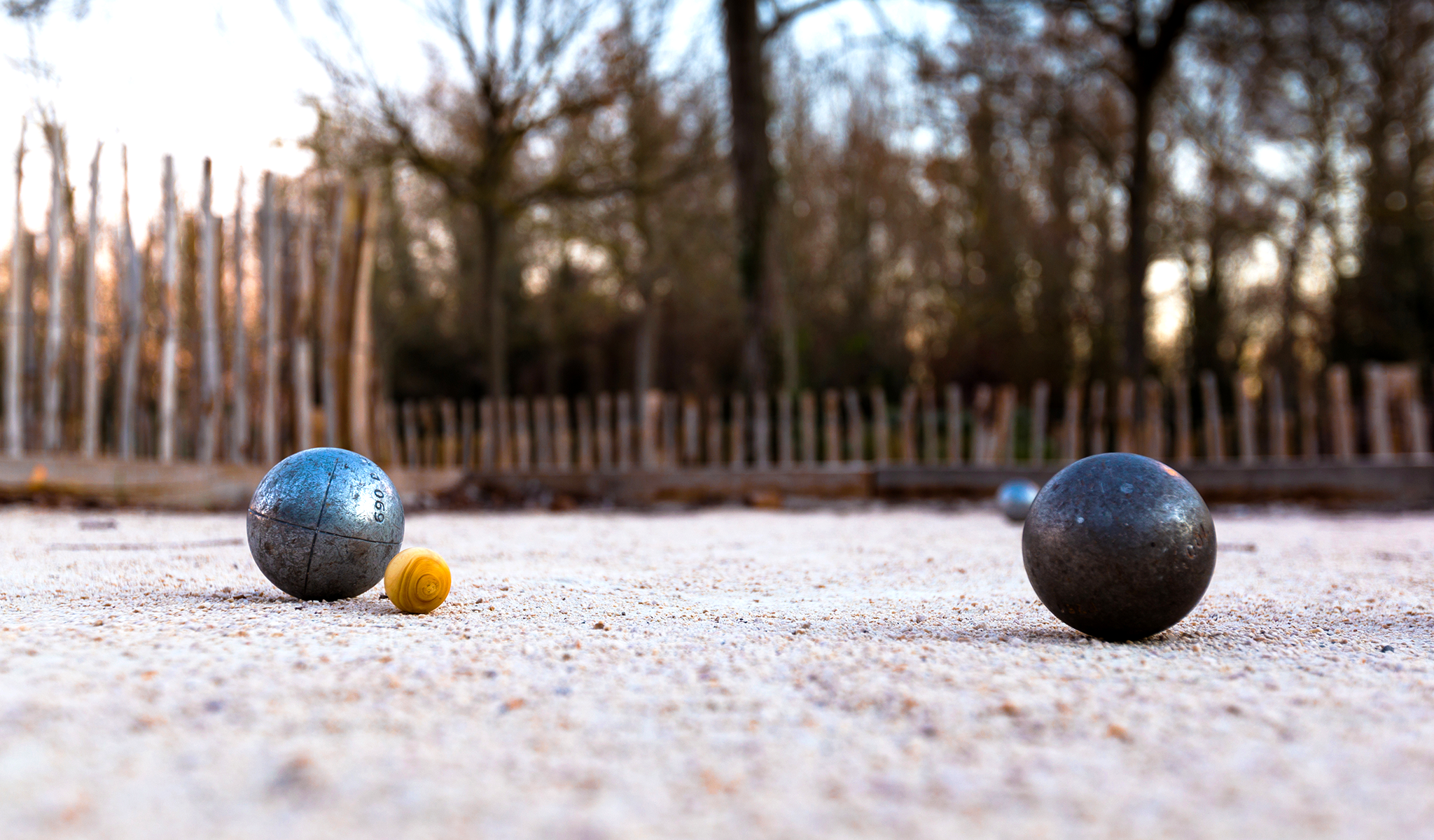
In summary ...
Maintaining petanque boules is a relatively simple process and here are our tips and tricks for properly maintaining them and preserving their properties.
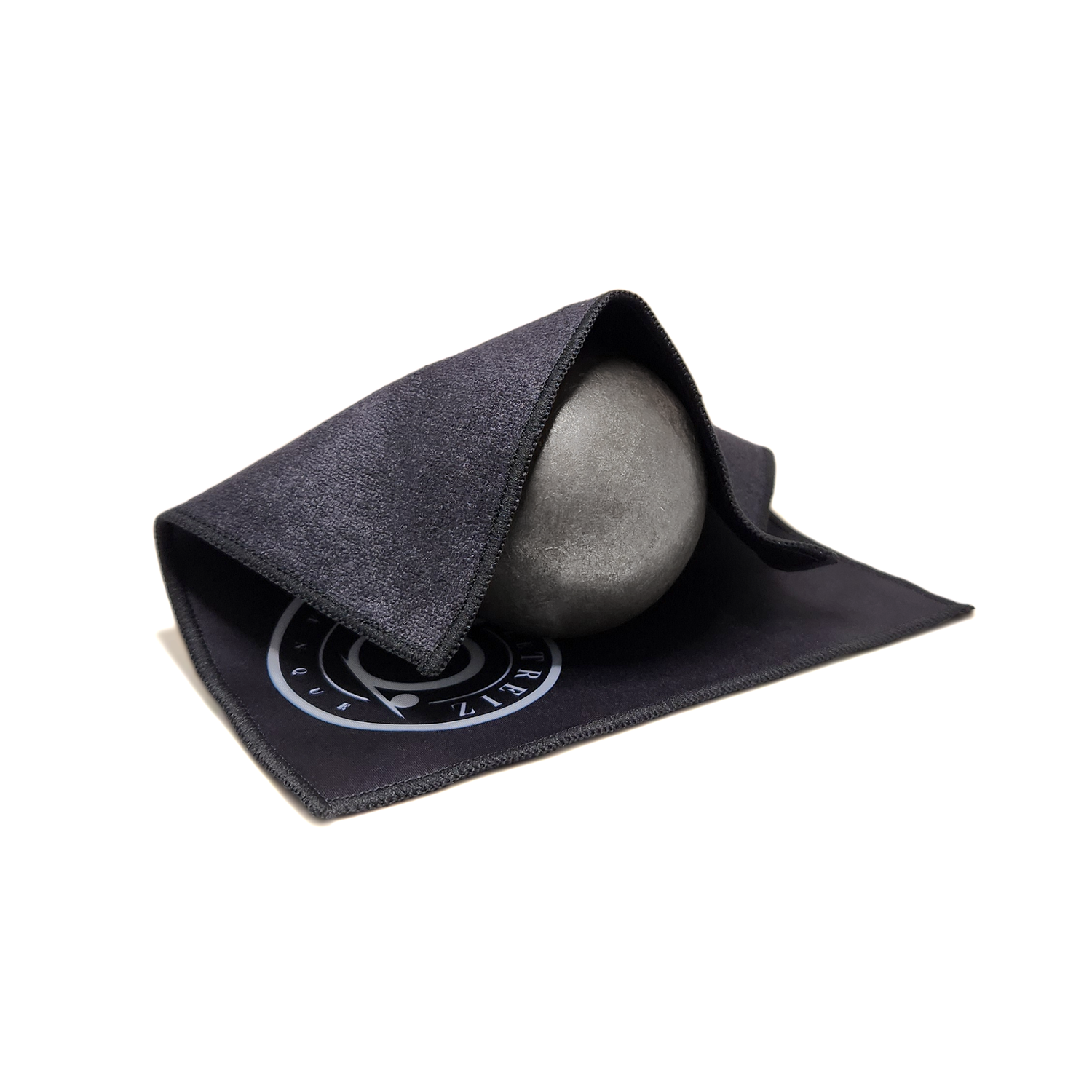
Quick Maintenance
Remove excess dust and dirt with a microfiber cloth after each wash.
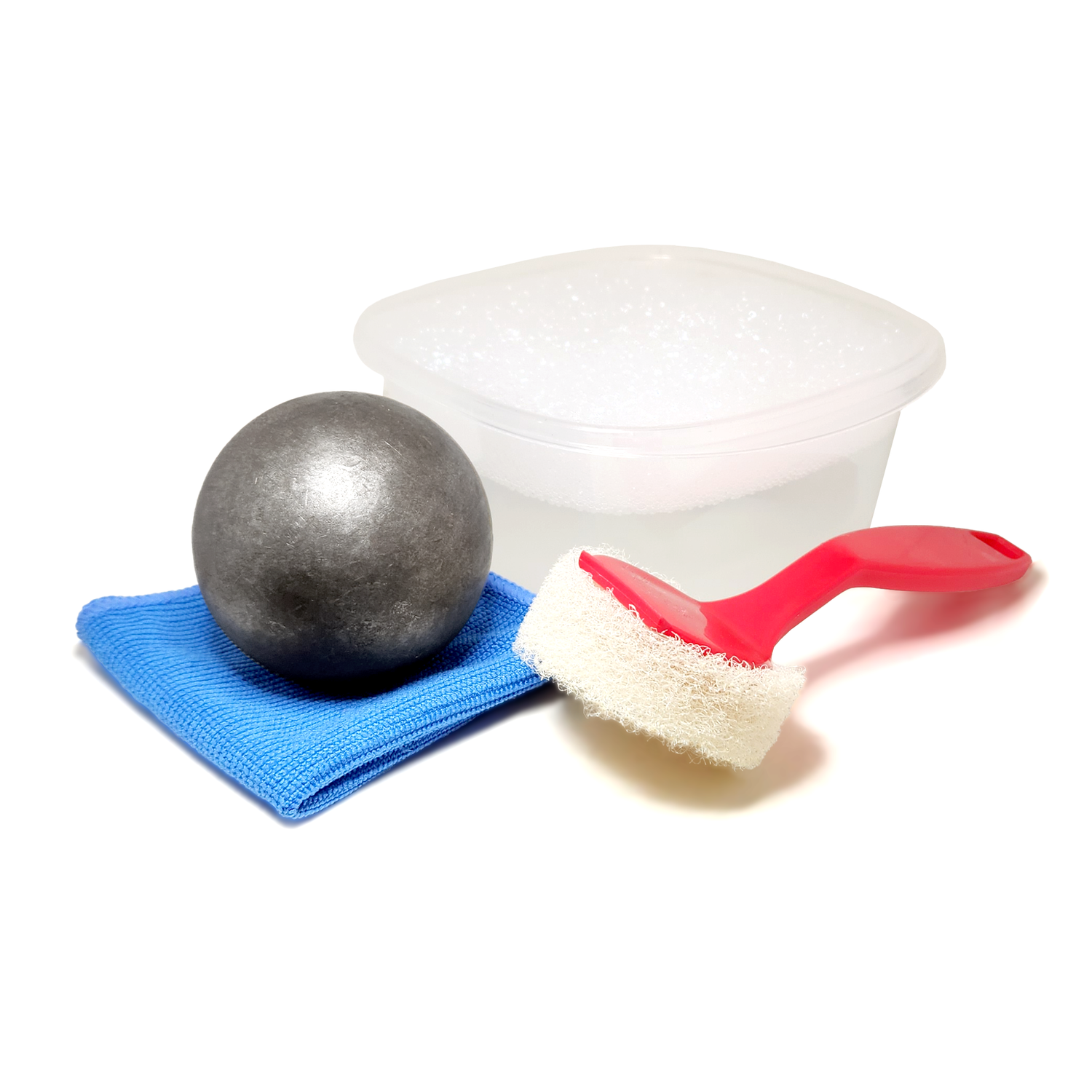
Complete Maintenance
Dip the boules in soapy water and scrub them with a scrubbing brush. Rinse with clean water and dry well so as not to leave any traces of moisture.
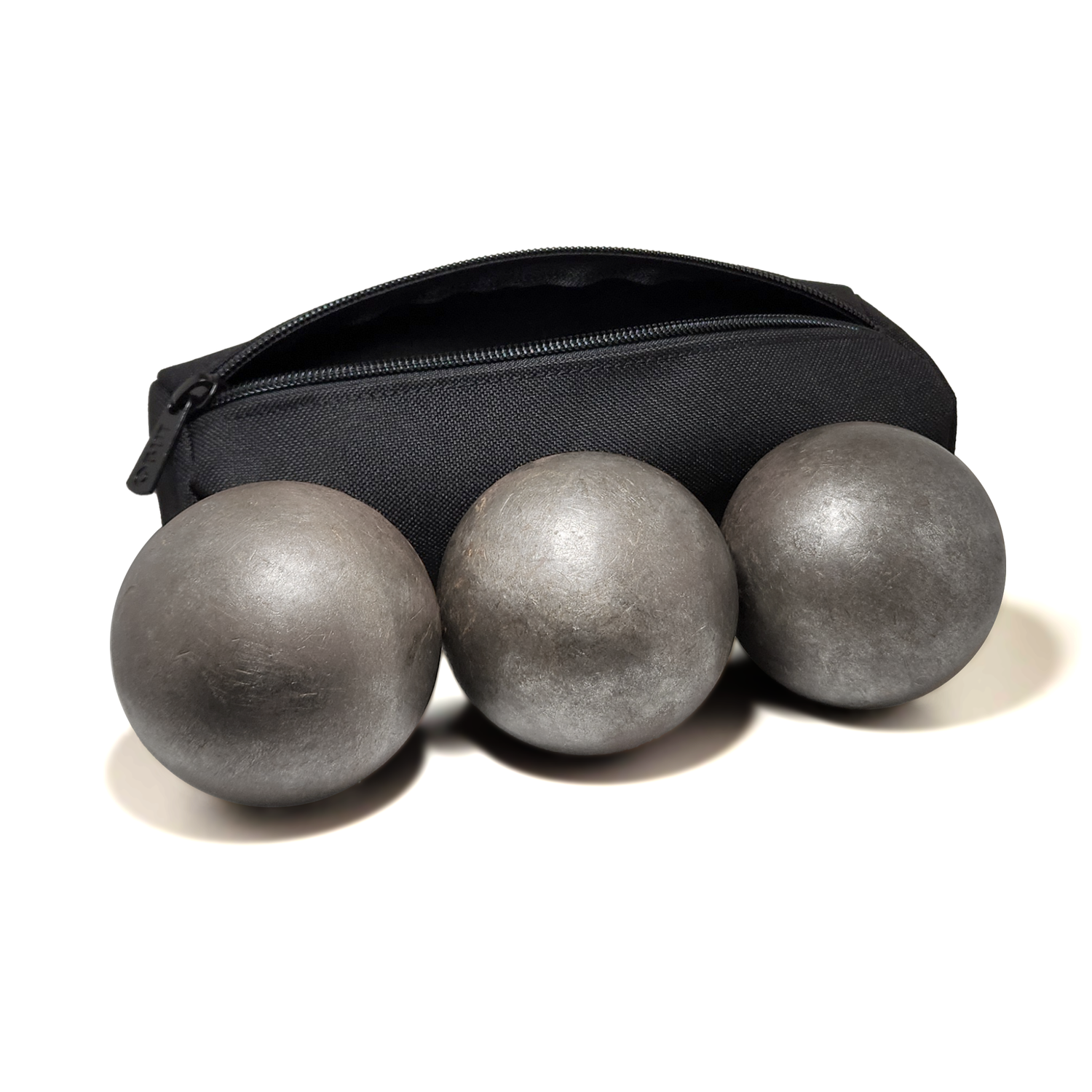
Storage
The storage location plays a vital role and it is important to avoid damp places (attics, garage, car trunk) or on your property at night because of temperature variations which lead to condensation which can contribute to appearance of rust.
Even if it does not rain, the weather can be humid. We therefore advise you to never take a chance and always take your boules out of your carrying bag. Then, you should dry them well and then store them in a dry place.
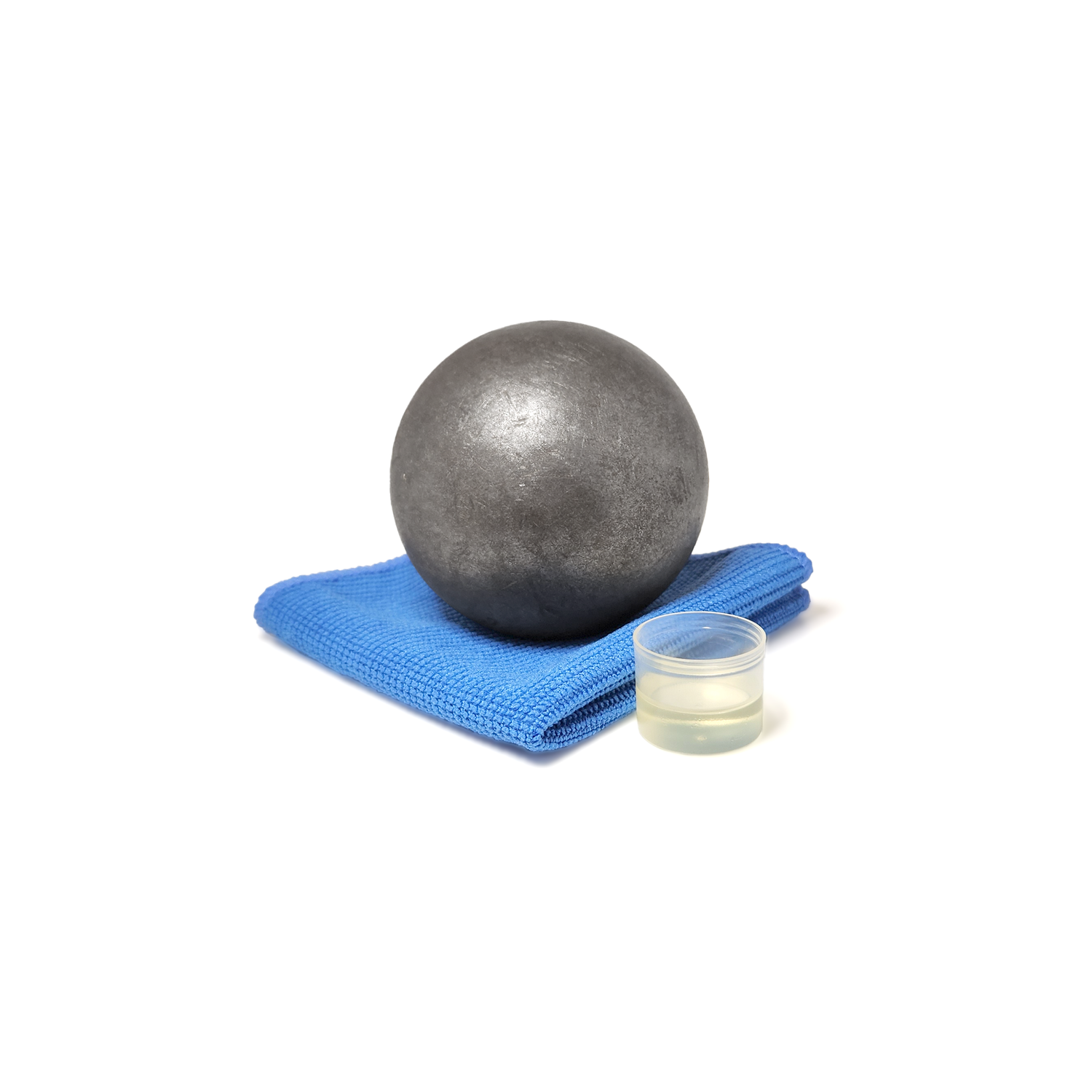
Oiling
If you want to store boules for an indefinite period and want to preerve them well, we advise you to apply a non-food oil (like linseed oil for example) or aerosol lubricant (WD-40, Jig-A-Loo) after having completely maintained the boule.
The thin layer of oil will protect your boules from humidity but it is unnecessary to do this after each use. You could do it as needed.
Tips
-
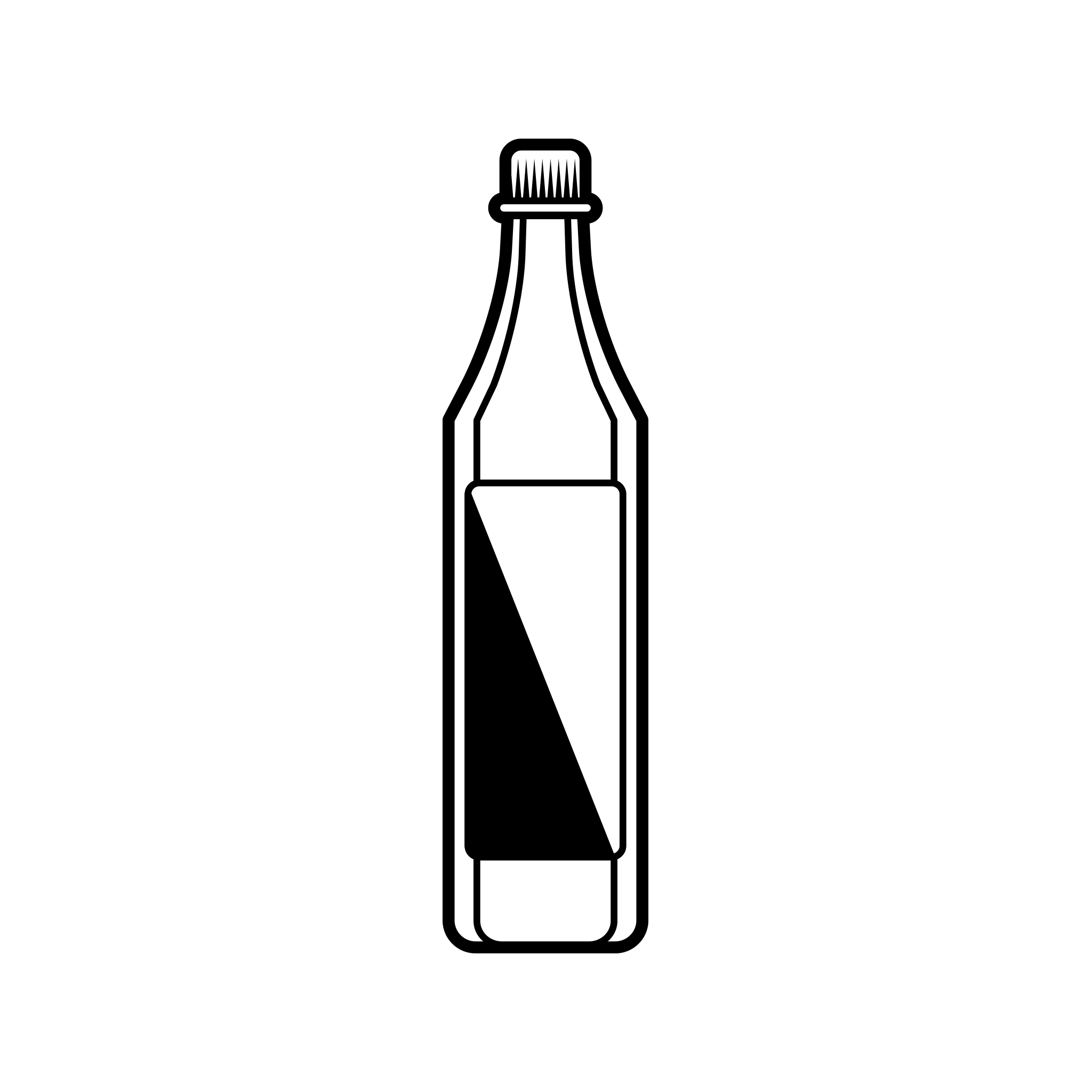
WHITE VINEGAR
A few drops of white vinegar to remove all traces of limescale.
-

SOFT DRINK
To remove traces of rust, soak your boules for about twenty minutes in a bowl of black carbonated drink (Coca-Cola, Pepsi, etc.), stirring them regularly. Then, carry out the different steps of a complete maintenance.
-
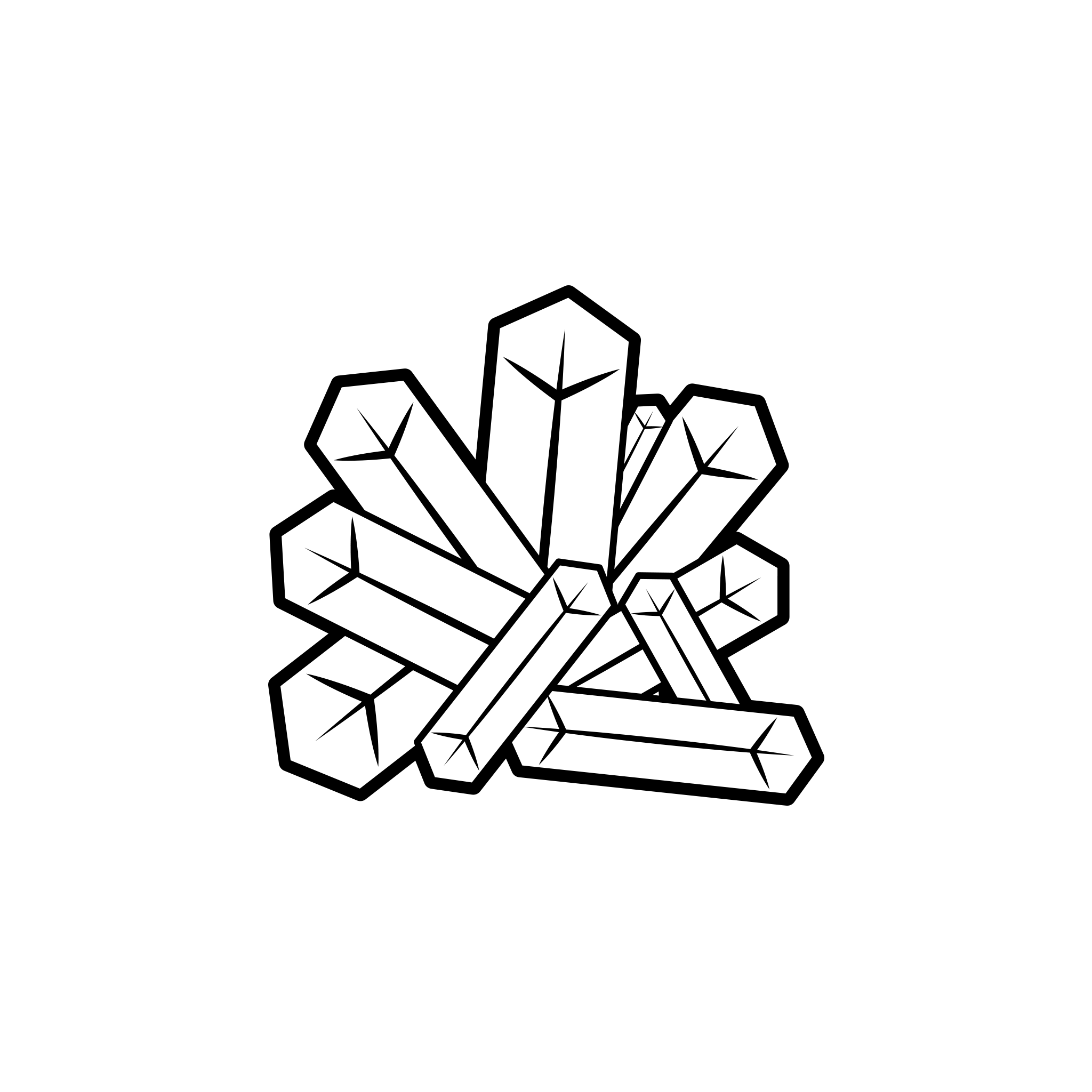
SODIUM THIOSULPHATE
To restore the black appearance to your carbon boules, we advise you to soak your boules for 5 days in the following mixture; 5 tablespoons of sodium thiosulfate dissolved in half a bucket of water and then dry them well.
The following times, you can leave them only 24 hours so that they return to a dark colour and easily distinguish your boules from the others on the game. -

HOT WATER
Run your boules in hot water after a playing session in the rain or snow and then dry them thoroughly.
Explore our full selection of petanque boules
-
Obut TON'R Strie 1
Regular price $199.99 CADRegular priceUnit price / per -
Obut TON'R Strie 0
Regular price $199.99 CADRegular priceUnit price / per -
Obut Superinox Strie 0
Regular price $279.99 CADRegular priceUnit price / per -

 Sold out
Sold outObut Soleil Strie 1
Regular price $264.99 CADRegular priceUnit price / per -
Obut Soleil Strie 0
Regular price $264.99 CADRegular priceUnit price / per -
Obut RCX (New Generation)
Regular price $304.99 CADRegular priceUnit price / per -
Obut RCC Strie 0
Regular price $289.99 CADRegular priceUnit price / per -
Obut Match Strie 1
Regular price $144.99 CADRegular priceUnit price / per -
Obut Match Strie 0
Regular price $144.99 CADRegular priceUnit price / per -
Obut Match IT Strie 1
Regular price $204.99 CADRegular priceUnit price / per -
Obut Match IT Strie 0
Regular price $204.99 CADRegular priceUnit price / per -
Obut Match + Strie 2
Regular price $249.99 CADRegular priceUnit price / per -
Obut Match + Strie 0
Regular price $249.99 CADRegular priceUnit price / per -
Obut Leisure Side
Regular price $84.99 CADRegular priceUnit price / per -
Obut Leisure Smooth
Regular price $84.99 CADRegular priceUnit price / per -
Obut Leisure Junior Chevron
Regular price $74.99 CADRegular priceUnit price / per -
Obut CX COU Strie 1
Regular price $289.99 CADRegular priceUnit price / per -
Obut CX COU Strie 0
Regular price $289.99 CADRegular priceUnit price / per -
Obut Boule Noire COU Strie 1
Regular price $154.99 CADRegular priceUnit price / per -
Obut Boule Noire COU Strie 0
Regular price $154.99 CADRegular priceUnit price / per -
Obut ATX Strie 1
Regular price $394.99 CADRegular priceUnit price / per -
Obut ATX Strie 0
Regular price $394.99 CADRegular priceUnit price / per





